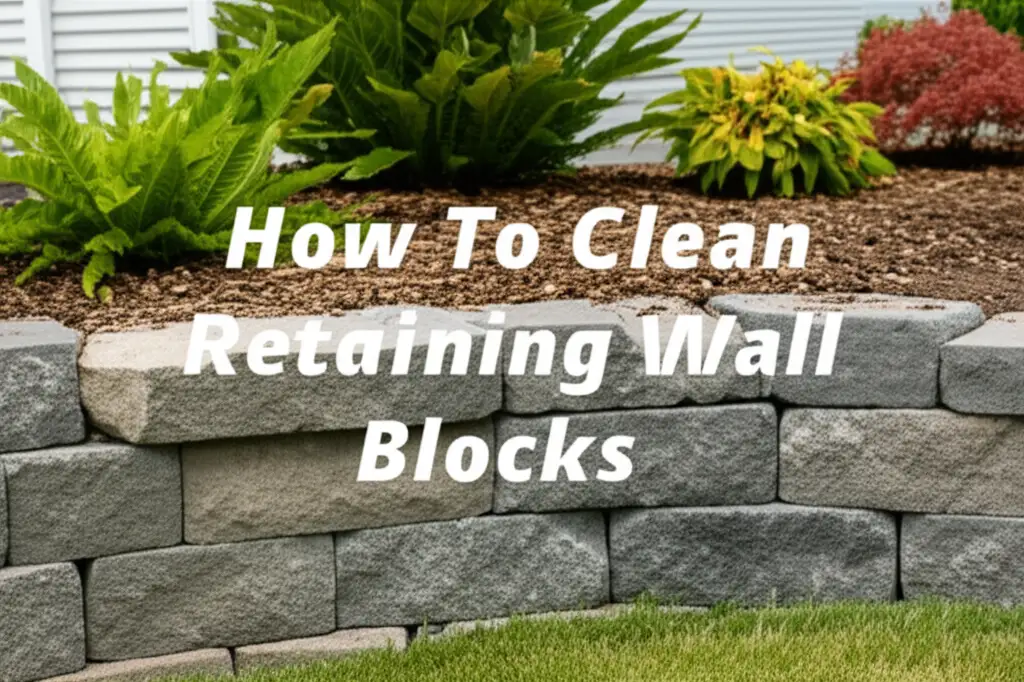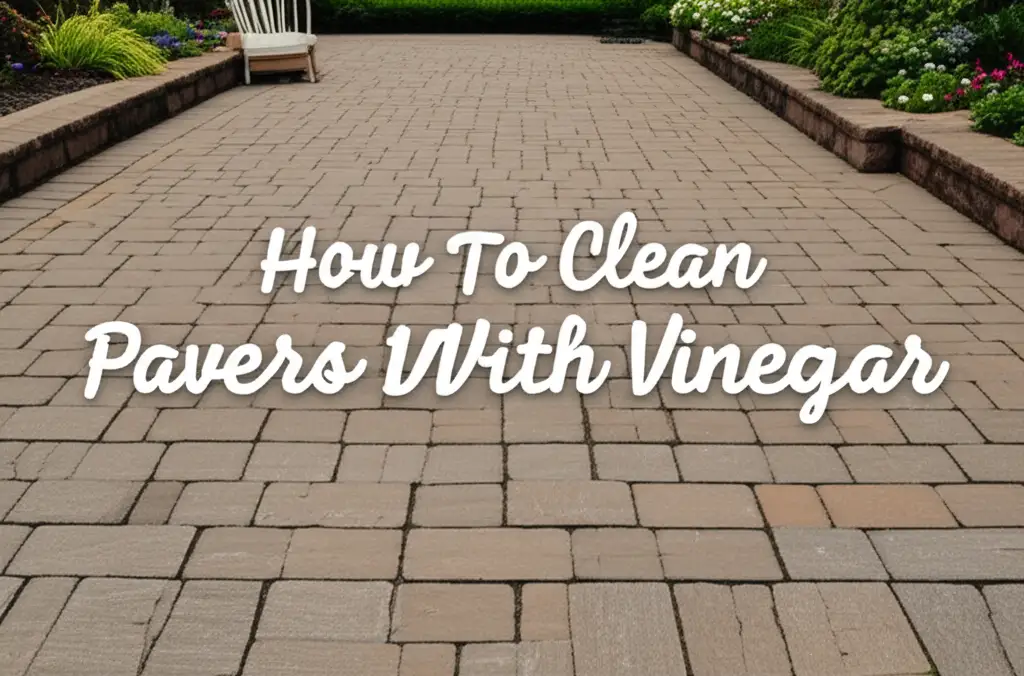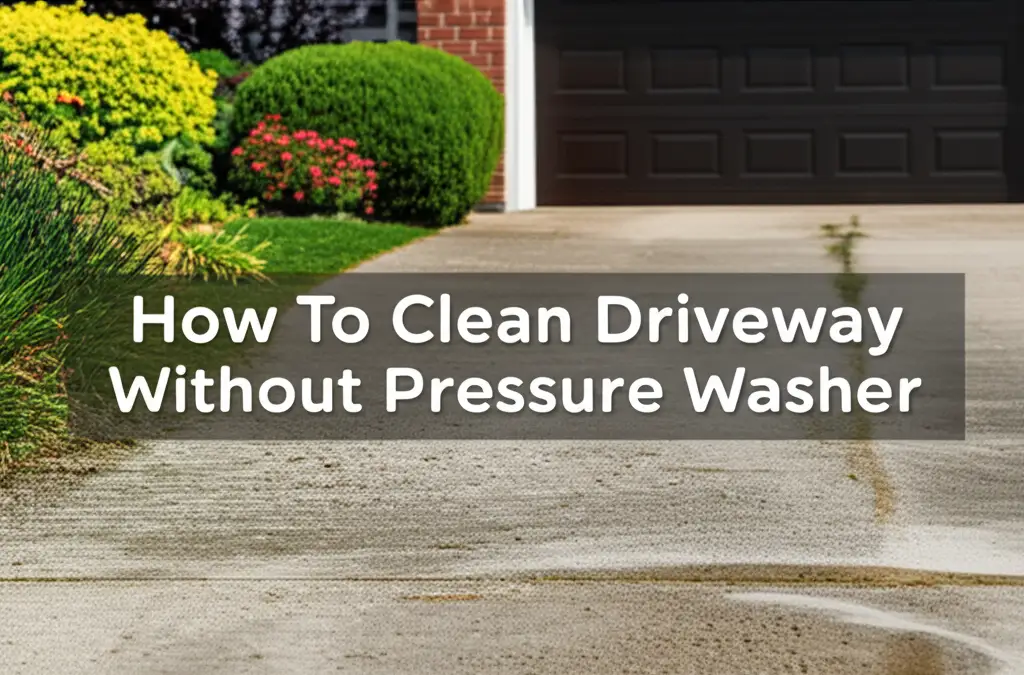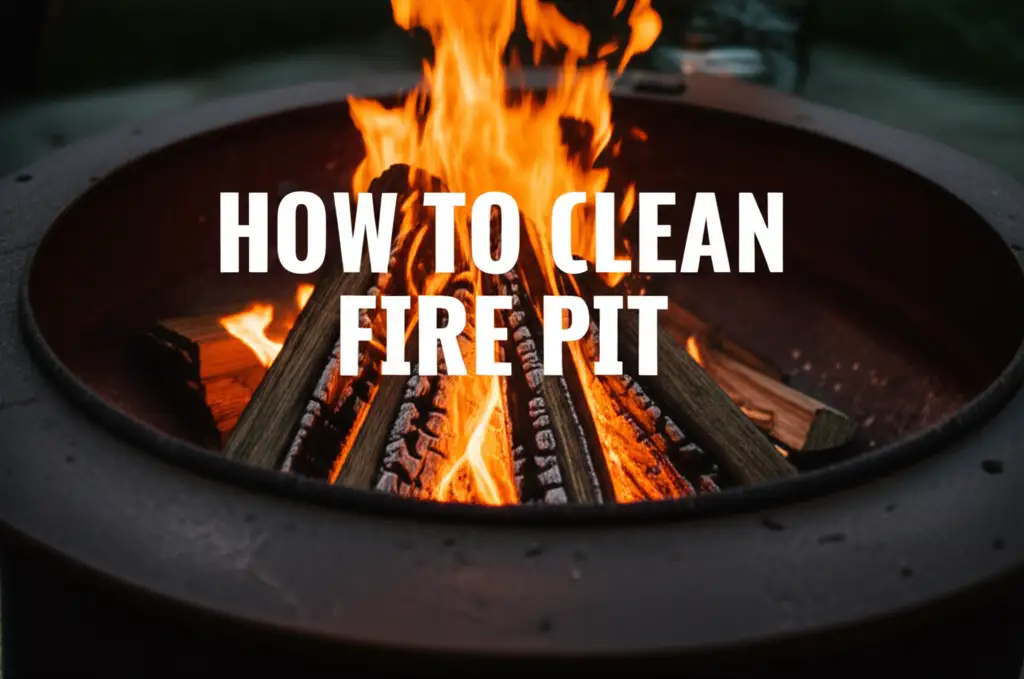· Outdoor Cleaning · 6 min read
How To Clean A Park
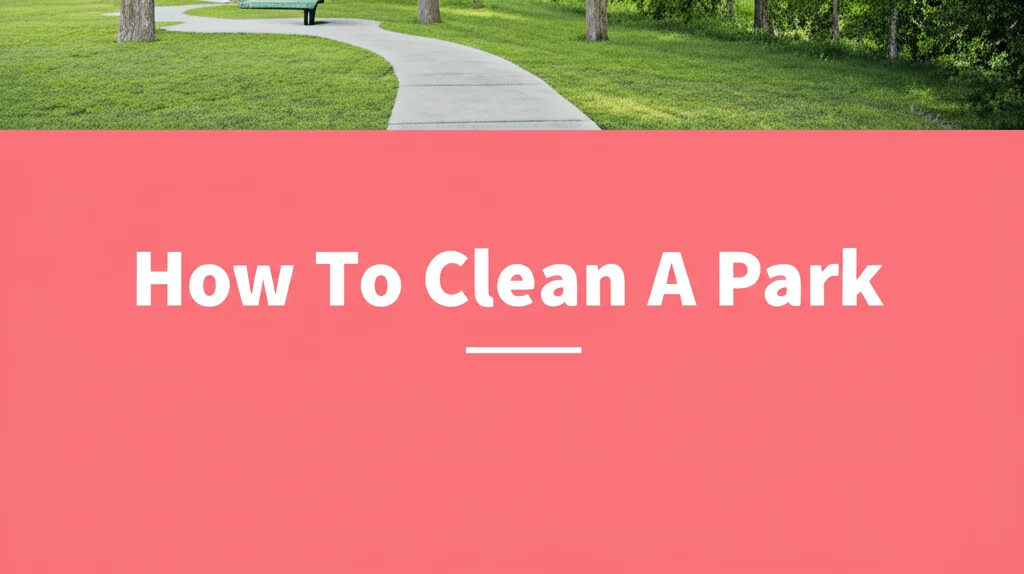
Keeping Parks Beautiful: A Guide to Park Cleaning
Parks are vital community spaces, offering recreation and a connection with nature. But keeping them clean requires effort! This article will show you how to clean a park effectively, from simple litter pick-up to more involved maintenance tasks. We’ll cover everything you need to know to contribute to a healthier, more enjoyable park for everyone. Let’s dive into making our parks sparkle! This guide will outline the steps, tools, and considerations for a successful park cleanup.
Takeaway:
- Gather necessary supplies like bags, gloves, and pickers.
- Focus on litter removal, playground sanitation, and graffiti removal.
- Prioritize safety and follow local park regulations.
- Encourage community involvement for ongoing maintenance.
What does it mean to clean a park?
Cleaning a park involves removing litter, sanitizing surfaces, maintaining equipment, and addressing issues like graffiti. It’s about preserving the park’s beauty and ensuring a safe, welcoming environment for all visitors.
1. Planning Your Park Cleaning Effort
Before you start, a little planning goes a long way. Consider the size of the park and the extent of the cleaning needed. Is it a quick litter pick-up, or a more comprehensive cleanup? Knowing this will help you gather the right supplies and organize volunteers if you have them. A well-planned approach ensures efficiency and a more impactful result.
- Assess the Park: Walk through the park and identify areas needing the most attention.
- Check Park Regulations: Some parks have specific rules about cleaning activities. Contact the park authorities to ensure you’re following guidelines.
- Gather Supplies: Create a checklist of everything you’ll need (detailed in the next section).
- Recruit Volunteers: If tackling a larger area, enlist help from friends, family, or community groups.
2. Essential Supplies for Park Cleaning
Having the right tools makes the job much easier and safer. You’ll need more than just a trash bag! Think about protection for yourself, tools for picking up litter, and supplies for cleaning surfaces. Proper preparation is key to a successful and efficient park cleanup.
- Trash Bags: Heavy-duty bags are essential for collecting litter. Consider separate bags for recyclables.
- Gloves: Protect your hands with durable work gloves.
- Litter Pickers/Grabbers: These tools allow you to pick up litter without bending over.
- Cleaning Solutions: Eco-friendly, biodegradable cleaners are best for surfaces like picnic tables and playground equipment. You might need a specialized cleaner for graffiti.
- Brushes & Scrubbers: For scrubbing surfaces and removing stubborn dirt.
- First-Aid Kit: Always have a first-aid kit on hand for minor injuries.
- Hand Sanitizer: For cleaning hands after handling litter.
3. Litter Removal: The First Step
Litter is the most visible sign of a neglected park. Start by systematically removing all visible trash. Work in sections to ensure you don’t miss anything. Remember to separate recyclables whenever possible. A clean park is a welcoming park, and removing litter is the most immediate way to improve its appearance.
- Systematic Approach: Divide the park into sections and clean each one thoroughly.
- Focus on High-Traffic Areas: Pay extra attention to areas near benches, picnic tables, and playgrounds.
- Recycle When Possible: Separate recyclable materials from general trash.
- Dispose of Trash Properly: Ensure all collected trash is disposed of in designated receptacles. If the park bins are full, contact park services.
4. Cleaning Playground Equipment & Amenities
Playgrounds and park amenities require special attention. These areas are frequently touched and can harbor germs. Use appropriate cleaning solutions to sanitize surfaces and ensure a safe environment for children and other park users. Regular cleaning helps prevent the spread of illness and keeps the park enjoyable for everyone.
- Sanitize Playground Equipment: Use a child-safe disinfectant to clean swings, slides, and other playground surfaces.
- Clean Picnic Tables & Benches: Remove food debris and sanitize surfaces. Consider using how-to-clean-a-mailbox techniques for wooden benches.
- Empty Trash Receptacles: Ensure all trash cans are emptied and clean.
- Check for Hazards: Inspect equipment for broken parts or other safety hazards.
5. Addressing Graffiti and Vandalism
Graffiti and vandalism can detract from a park’s beauty and create a sense of neglect. Removing graffiti promptly discourages further vandalism. Use appropriate cleaning solutions and techniques to remove graffiti without damaging the underlying surface. A well-maintained park sends a message that the community cares.
- Identify Graffiti: Locate all instances of graffiti within the park.
- Choose the Right Remover: Select a graffiti remover specifically designed for the surface being cleaned.
- Test in an Inconspicuous Area: Before applying the remover to a large area, test it in a hidden spot to ensure it doesn’t damage the surface.
- Follow Instructions Carefully: Adhere to the manufacturer’s instructions for safe and effective removal.
6. Maintaining Park Grounds & Landscaping
Beyond litter and graffiti, maintaining the park grounds is crucial. This includes weeding flowerbeds, trimming bushes, and ensuring pathways are clear. A well-maintained landscape enhances the park’s aesthetic appeal and provides a more enjoyable experience for visitors. Consider the importance of regular upkeep for long-term park health.
- Weed Flowerbeds: Remove weeds to keep flowerbeds looking tidy.
- Trim Bushes & Trees: Prune overgrown bushes and trees to improve visibility and safety.
- Clear Pathways: Remove debris from pathways to ensure safe walking access.
- Report Damage: Report any damaged landscaping or park infrastructure to the park authorities.
7. Promoting Community Involvement
Keeping a park clean is an ongoing effort. Encouraging community involvement is key to long-term success. Organize regular cleanup events, educate park users about responsible waste disposal, and foster a sense of ownership among community members. A collaborative approach ensures the park remains a beautiful and welcoming space for everyone.
- Organize Cleanup Events: Host regular park cleanup days to engage the community.
- Educate Park Users: Post signs reminding visitors to dispose of trash properly.
- Partner with Local Organizations: Collaborate with schools, businesses, and community groups to promote park stewardship.
- Report Issues: Encourage park users to report any issues or concerns to the park authorities.
Frequently Asked Questions (FAQ)
Q: What’s the best way to dispose of collected litter? A: Dispose of trash in designated park receptacles. If bins are full, contact park services for assistance. Separate recyclables whenever possible to promote environmental responsibility.
Q: Are harsh chemicals okay to use when cleaning park equipment? A: No. Always use eco-friendly, biodegradable cleaners, especially on playground equipment, to protect children and the environment.
Q: How often should a park be cleaned? A: The frequency depends on park usage and local conditions. Regular litter pick-up is essential, with more thorough cleaning scheduled weekly or monthly.
Q: What should I do if I find hazardous materials in the park? A: Do not attempt to handle hazardous materials yourself. Immediately report the finding to park authorities or emergency services.
Q: Can I organize a large-scale cleanup event without permission? A: No. Always contact the park authorities to obtain permission and coordinate your cleanup event.
Conclusion
Knowing how to clean a park is about more than just aesthetics; it’s about community pride and environmental responsibility. By following these steps – from planning and gathering supplies to litter removal and ongoing maintenance – you can contribute to a cleaner, safer, and more enjoyable park for everyone. Remember, a little effort can make a big difference. Let’s work together to keep our parks beautiful for generations to come! Consider checking how-to-clean-a-dumpster for tips on handling large amounts of waste.
- park cleaning
- outdoor maintenance
- litter removal
- community cleanup

